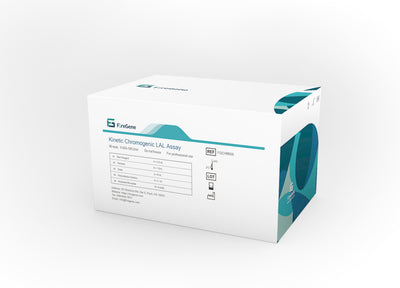Endotoxin Quantification Using Chromogenic Endotoxin Quant Kit

# Endotoxin Quantification Using Chromogenic Endotoxin Quant Kit
## Introduction to Endotoxin Detection
Endotoxins, also known as lipopolysaccharides (LPS), are components of the outer membrane of Gram-negative bacteria. These molecules can trigger strong immune responses in humans and animals, making their detection and quantification crucial in pharmaceutical manufacturing, medical device production, and biomedical research.
## What is the Chromogenic Endotoxin Quant Kit?
The Chromogenic Endotoxin Quant Kit is a highly sensitive and specific tool designed for the quantitative measurement of endotoxin levels in various samples. This kit utilizes a chromogenic substrate that produces a yellow color when cleaved by the endotoxin-activated enzyme cascade, allowing for precise spectrophotometric measurement.
## Principle of the Assay
The assay is based on the Limulus Amebocyte Lysate (LAL) reaction, which involves the following steps:
– Endotoxin activates Factor C in the LAL reagent
– Activated Factor C activates Factor B
– Activated Factor B activates the proclotting enzyme
– The activated clotting enzyme cleaves the chromogenic substrate
– The cleaved substrate produces a yellow color proportional to the endotoxin concentration
## Advantages of Chromogenic Method
Keyword: Chromogenic Endotoxin Quant Kit
The Chromogenic Endotoxin Quant Kit offers several benefits:
– High sensitivity (typically 0.005-1.0 EU/mL)
– Quantitative results with excellent linearity
– Less interference from sample components compared to gel-clot methods
– Suitable for a wide range of sample types
– Compatible with automated systems
## Applications of the Kit
This versatile kit finds applications in multiple fields:
– Pharmaceutical quality control
– Medical device testing
– Water quality monitoring
– Biomedical research
– Vaccine development
– Cell culture monitoring
## Conclusion
The Chromogenic Endotoxin Quant Kit provides researchers and quality control professionals with a reliable, sensitive, and quantitative method for endotoxin detection. Its chromogenic endpoint offers advantages in precision and automation capability, making it an essential tool for ensuring product safety and advancing scientific research.